German team seeks to broaden interest in amorim cork as an aquafeed additive, allowing for efficient effluent removal in RAS operations
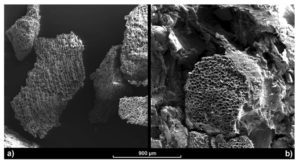
Fish eat. Then they poop.
For aquaculture operators, where all that waste material ends up – and how the suspended solid materials are removed from the water – can cause problems and added maintenance costs. Feces and uneaten feeds can leach into the surrounding water and can settle for long periods of time at the bottom of ponds or in quiescent zones of raceways and land-based recirculating aquaculture system (RAS) facilities.
But if the feces somehow floated, it could be more efficiently filtered by surface screeners or skimmers, and the waste-removal process could take far less time and effort than with sedimentation (bottom) techniques.
A team of researchers in Germany has developed a patented fish feed ingredient that may indeed make fish poop more buoyant: amorim cork. A moisture-proof closed-cell structure that’s filled with an air-like gas and calibrated in size and weight gives cork a low specific density. Cork is also non-toxic, making it suitable for feed pellets. Not digested by the fish, the cork binds to the feces and makes it float.
According to Dr. Alexander Brinker, optimized removal of feces from the surface stream improves many aspects of system performance, including water quality, efficiency of filtration systems, fish growth and animal welfare.
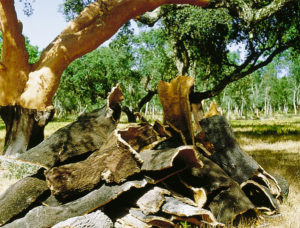
Brinker and his research associates (Julia Unger and Mark Schumann) at the Fisheries Research Station of Baden-Württemberg originally published the findings of their research in Aquaculture (Volumes 404-405, 10 August 2013, Pages 85-94) and in Aquaculture Environment Interactions (Oct. 21, 2015).
Their feeding trials at a semi-recirculating trout farm in Germany proved to the research team that the innovative application of cork granules in rainbow trout diets – in this case with an inclusion rate of just 2.5 percent – lowered the nutrient load in the production water, and therefore potential emissions, despite high stocking densities.
And, as they hoped, the cork also made the water much easier to filter: The average single-pass removal by a specially developed surface separator accounted for 78.3 percent of floating solids, while total ammonia nitrogen concentrations in production water were roughly halved. This improvement in practice allowed a doubling of production on the same available water flow.
From a science point of view, we have finalized matters. This feels like something you can use.
“There was almost no leaching, and the [feces] was transported to surface skimmers,” Brinker told the Advocate, adding that when he and his associates began working on his idea in 2007, he thought it was simply “stupid scientists doing crazy things.”
But the out-of-the-box idea, evidenced by the trout trials, showed real benefits, beyond water that’s easier to clean. “We also had slightly better growth rates and feed-conversion ratios in the trials,” he said.
Aquaculture feed and fish nutrition expert Rick Barrows, a former U.S. Department of Agriculture researcher who now runs his own consulting business Aquatic Feed Technologies, told the Advocate that he is “amazed at the positive benefit with such a low inclusion level in the diet.”
Stressing that he’d never worked with cork as a feed ingredient during his career with the USDA Agricultural Research Service, Barrows said it was an area of waste management that calls for deeper investigation.
“Since we know that diet formulation, plant-based versus animal-based feeds, affects fecal consistency it would be interesting to determine the possible interaction of this material with ingredient selection,” he said.
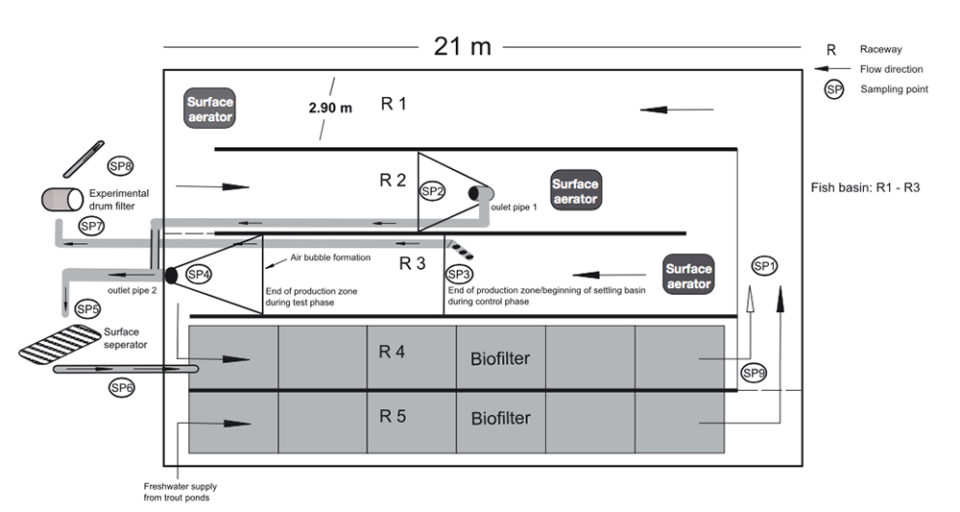
Several obstacles now stand in the way of commercialization of this floating, “functional feed,” as Brinker called it. First is the cost. Despite inclusion rates that could feasibly go below 1 percent, Brinker said the price of cork remains a deterrent to large commercial feed manufacturers. “Cork is not too cheap,” he said, adding that there are no sustainable-harvest concerns for cork bark.
Secondly, use of cork requires guar gum or another “stabilization agent” to keep the cork from separating from the feed once in the water.
The third obstacle is mostly cosmetic: Because the poop floats on the surface, the water surface can take on an unpleasant look, from a birds-eye point of view.
“But below the surface the water is brilliant,” he said, stressing the importance of clean water to fish health and welfare. “[We changed this] original, complex, three-dimensional problem to a two-dimensional problem. From a science point of view, we have finalized matters. This feels like something you can use.”
The Germans’ floating feces idea had already caught the attention of recirculating aquaculture expert Steven Summerfelt, Ph.D., director of aquaculture systems research at The Conservation Fund Freshwater Institute (TCFFI) in West Virginia, USA. He said the innovation holds “exciting” promise for RAS operators, some of which are struggling to remain in business.
“It would be an easier application to use a feed that creates floating feces to dramatically increase the rate that solids are removed from trout raceways,” he said. “Instead of sitting on the raceway bottom in quiescent zone for days to weeks, the feces would float out and be removed at skimmers/filters within hours.”
According to Anne Böse of TLB (Technologie Lizens Büro) in Karlsruhe, Germany, which has been commissioned to commercialize the product, the feed additive is ready to be sold to a distributor. The cork-granules product has been patented in Europe (EP 2570034B1), so there are manufacturing restrictions in Europe, Chile and Canada. Interest in the marketplace may grow, she said, if aquaculture regulations for effluent management get stricter.
Böse specializes in biomimetics, a field that combines technology, engineering and biology. In biomimetics, she explained, you do not copy nature, but learn from it.
“Nature has already invested some time, so it’s a good idea to see what is already there,” she said. “This is not only an idea, it’s been tested. We want to spread good ideas as far as possible.”
Now that you've reached the end of the article ...
… please consider supporting GSA’s mission to advance responsible seafood practices through education, advocacy and third-party assurances. The Advocate aims to document the evolution of responsible seafood practices and share the expansive knowledge of our vast network of contributors.
By becoming a Global Seafood Alliance member, you’re ensuring that all of the pre-competitive work we do through member benefits, resources and events can continue. Individual membership costs just $50 a year.
Not a GSA member? Join us.
Author
-
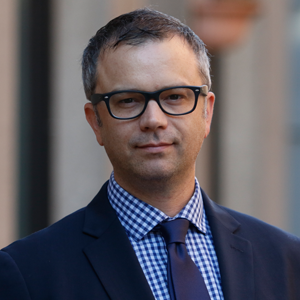
James Wright
Editorial Manager
Global Aquaculture Alliance
Portsmouth, NH, USA[103,114,111,46,101,99,110,97,105,108,108,97,97,103,64,116,104,103,105,114,119,46,115,101,109,97,106]
Tagged With
Related Posts
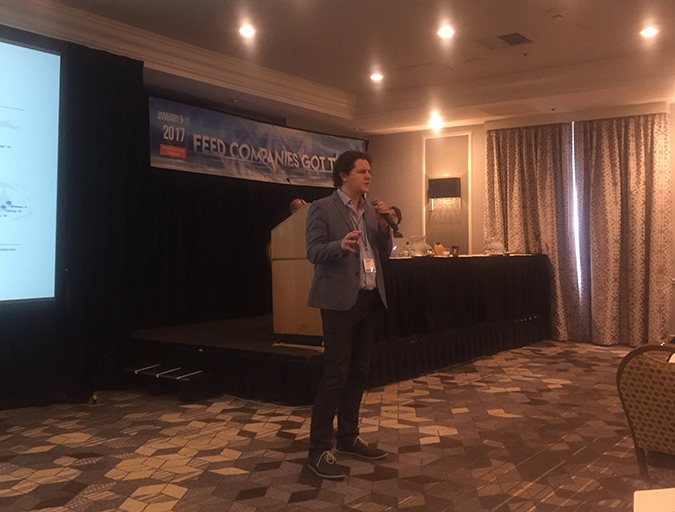
Aquafeeds
Show de talento: Las empresas de alimentos acuícolas se muestran en el F3
Los fabricantes de alimentos acuícolas y proveedores de ingredientes alternativos para alimentos de todo el mundo se reunieron en Silicon Valley para el F3, el concurso de Alimentos sin Pescado (Fish Free Feed). En el centro de la innovación, las soluciones a un problema global estaban en plena pantalla.

Responsibility
Aquaculture Exchange: Alan Shaw, Calysta
Turn fuel into animal food? Calysta can do that. The California biotech company is now hoping for greater buy-in from aquaculture, its target market. CEO Alan Shaw talks about the potential of FeedKind and its ambitious plans for 2016 and beyond.
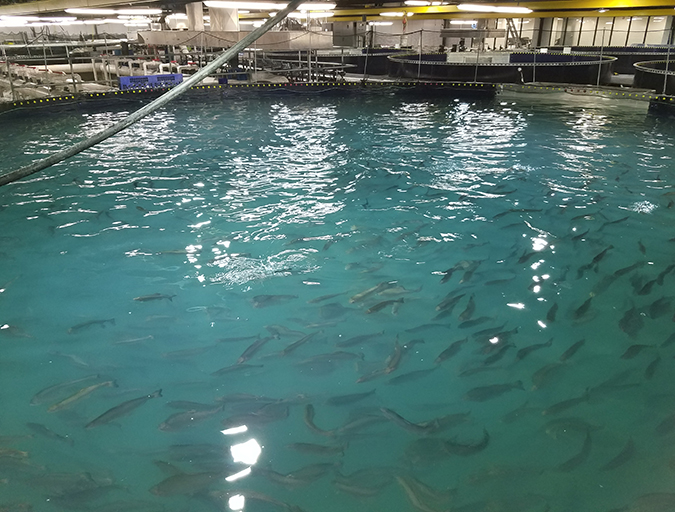
Intelligence
A land grab for salmon (and shrimp) in upstate New York
The operators of Hudson Valley Fish Farm see their inland locale as a pilot to prove that land-based fish farming, located in close proximity to major metropolitan markets, can be successful.
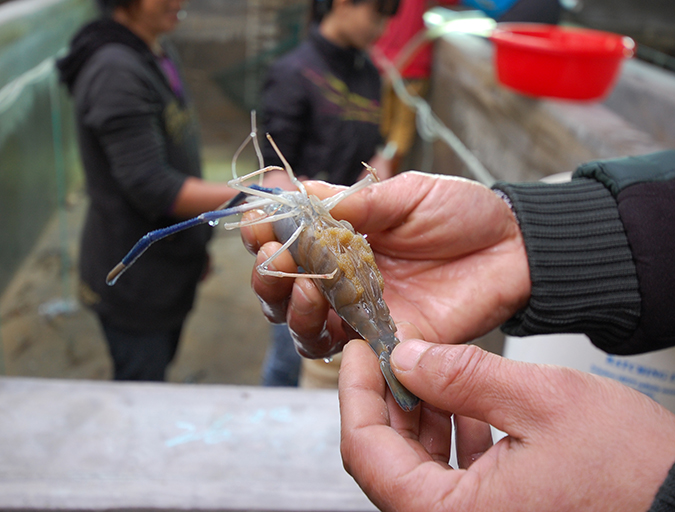
Intelligence
An inside look at Sino Agro Foods’ giant prawn MegaFarm
Sino Agro Foods has developed a proprietary recirculating aquaculture system that yields high production volumes and profitability. The facility should significantly contribute to seafood production in China and to help satisfy increasing demand for high value, safe and sustainably produced seafood.


